How to choose a grout color?
Several basic rules to consider when choosing:
- When using multi-colored or two-color tile finishes and mosaics, the grout color should be selected to be close to the lighter tone used in the design or a colorless grout.
- It is advisable to choose mixtures of a dark or contrasting shade only if the tile material on the floor or wall is laid perfectly flat. In case of errors and unevenness on the surface, a light-colored putty is better.
- To visually expand the room, select light tiles in combination with similar grout, dark tones, on the contrary, visually reduce the space.
- It is better to choose a putty for floor tiles in darker colors, as it is quite practical and less susceptible to contamination.
Color combination options
Due to well-chosen color combinations, you can get three options for effects:
- One color. This is the simplest tandem, which is a single whole. A one-color combination is perfect for lovers of laconic, not too flashy design, and also allows you to disguise some finishing flaws in the form of uneven joints or chips.
- Contrasting grout. Gives the interior a special expressiveness and favorably emphasizes the geometry and laying of tile elements, giving them a deeper and more saturated look.
- Shades. With this solution, you can unobtrusively highlight the geometric shape, pattern and color of the cladding, thereby creating a calm, not devoid of expressiveness design.
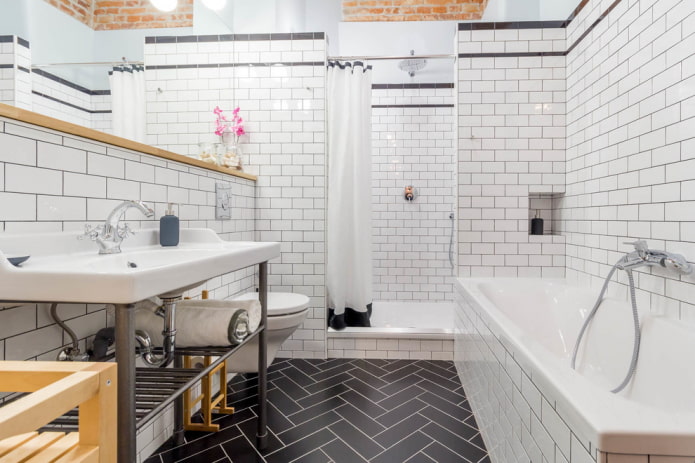
The photo shows a bathroom interior with contrasting grout for wall and floor tiles.
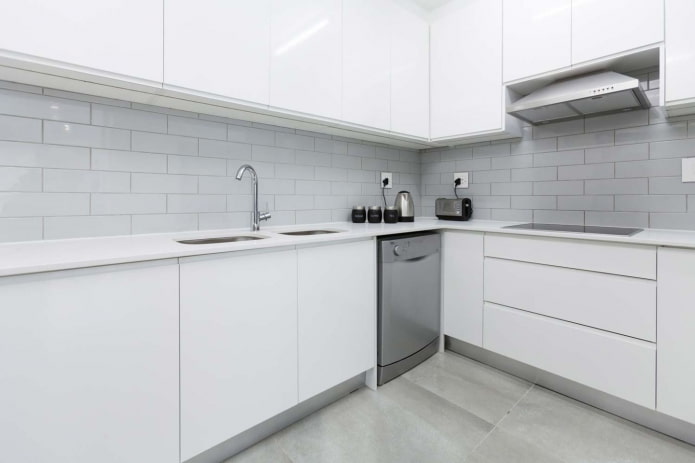

Currently, there are collections of tile models that already have a tint solution for the grout. Most often, such a color palette is distinguished by its special originality, for example, black trim is complemented by a pearl-white fugue, beige – by a grout in chocolate tones, and olive – by a graphite one.
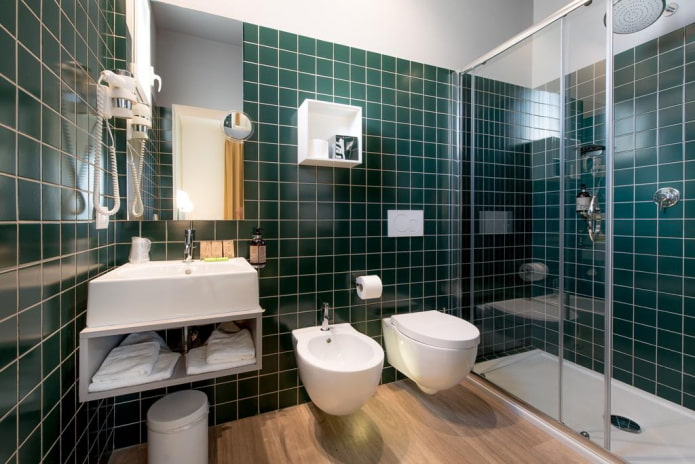

What kind of grout is suitable for light tiles?
For classic white tile cladding, you can choose a contrasting black or brown grout. No less bold and effective is the combination with red, burgundy grout, as well as combinations with pastel peach, mint, pink, blue or light blue grout. Beige tiles go well with neutral chocolate, gray, milky tones or darker black grout.

The photo shows a white wall tile finish with a blue grout.
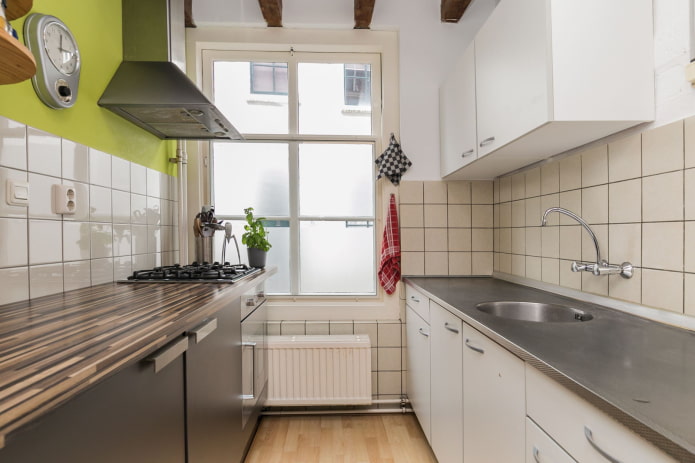
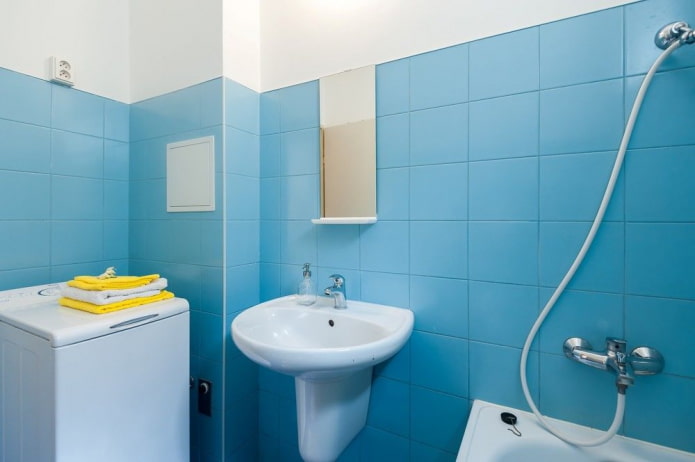
Light blue tile trim can be emphasized with white, yellow or dark blue color.
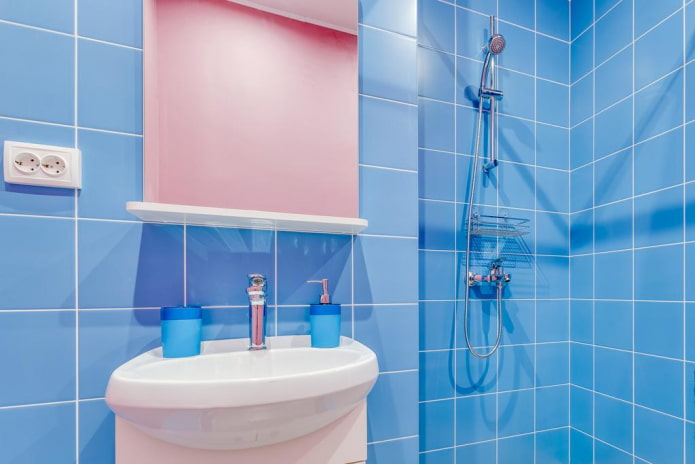
The photo shows a bathroom with walls finished with blue tiles and white grout.
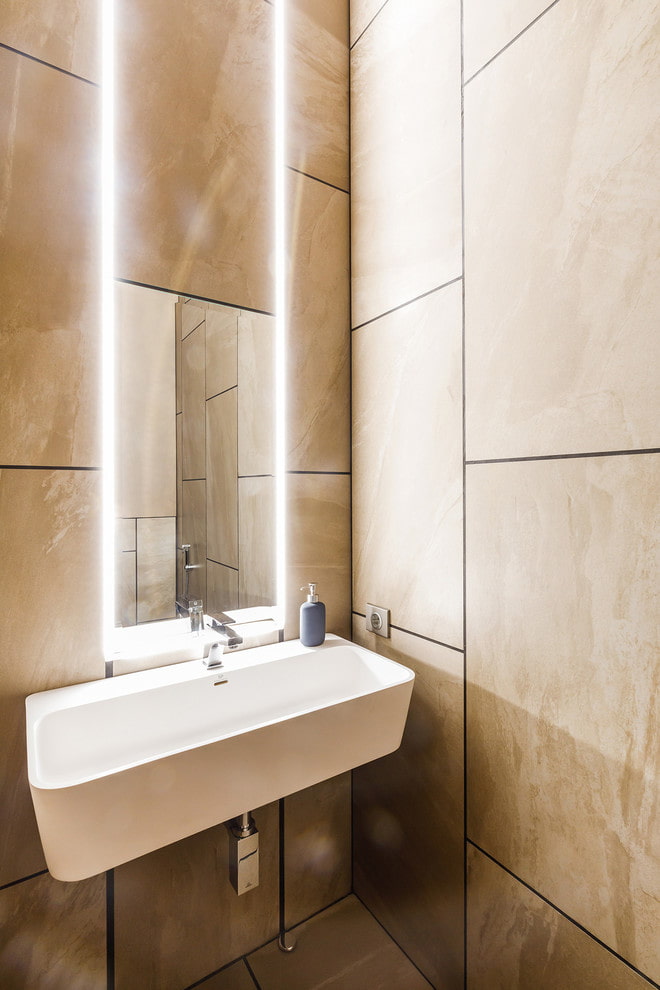
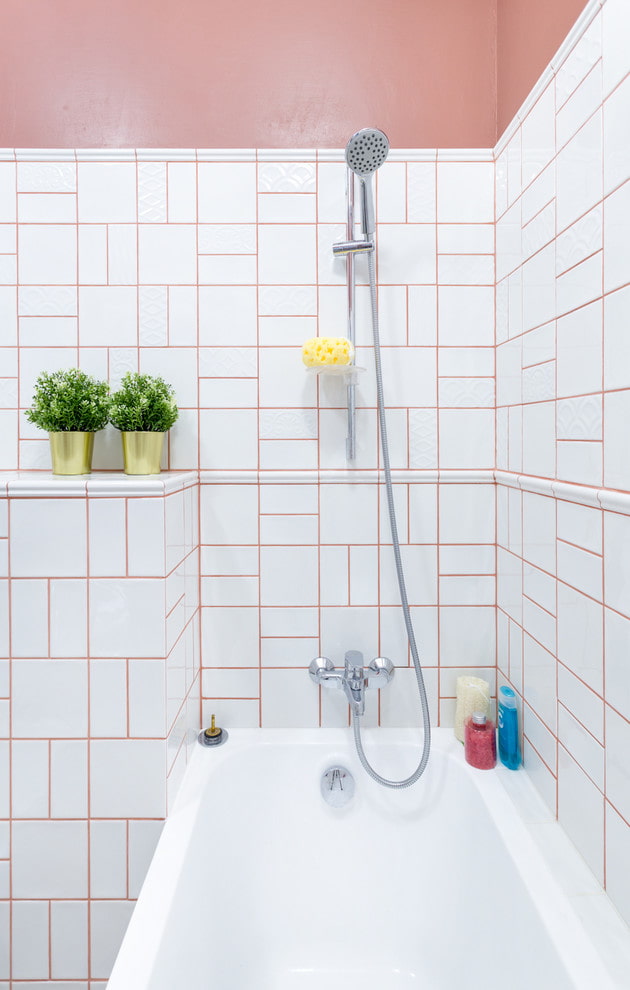
Which grout to choose for dark tiles?
Brown ceramic products will be harmoniously complemented by light beige, white or plain brown putty, a combination with yellow or black grout will also look quite interesting. The borders of the blue cladding will be outlined by grout in cream-brown, gray, white, azure-blue, fiery red, orange, yellow or blue tones.
For black finishing, it is better to choose a putty in pearl-white, mother-of-pearl, beige, red or yellow shades. Such a monochromatic combination is used very carefully and is not suitable for decorating small rooms.
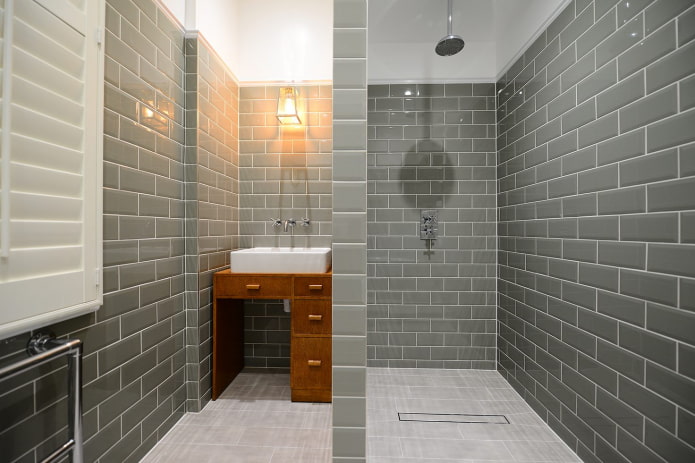
The photo shows a combination of white grout with gray tile trim in the bathroom interior.
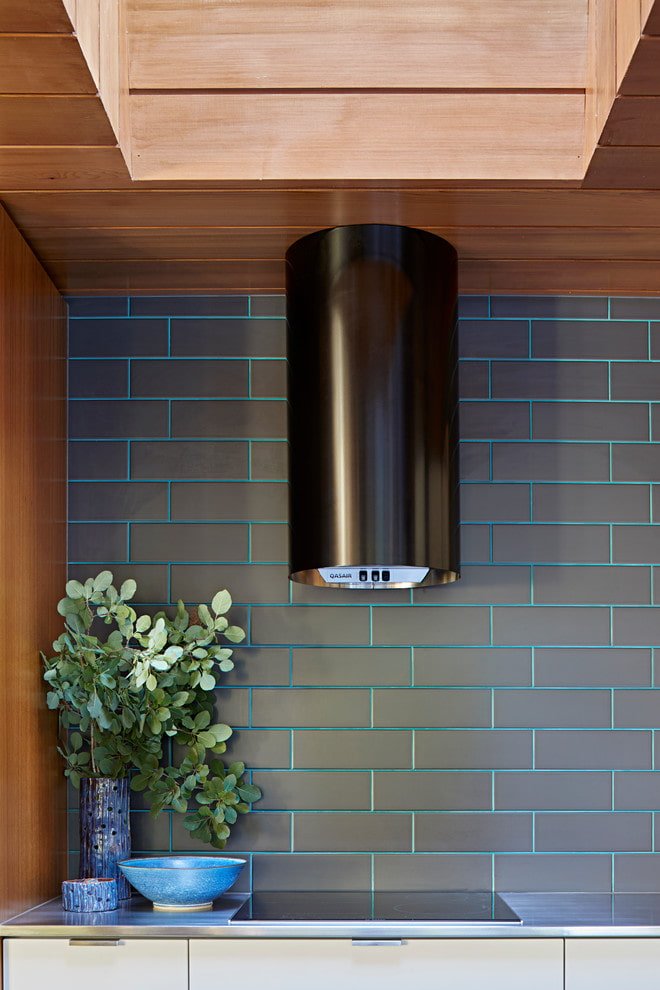
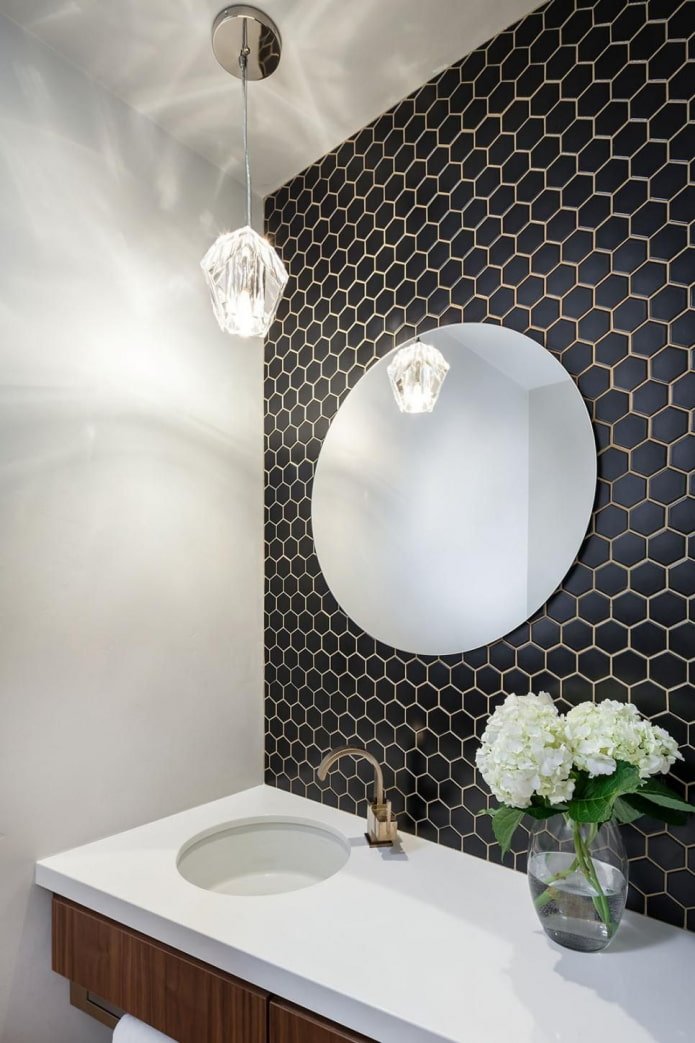
For a calm and harmonious image, gray tile trim with seams made in white, dark or light gray tones will be appropriate, you can add originality to the setting by using dark red, dark blue, light blue, yellow, purple, lilac, pink and coral colors.

The photo shows the interior of a modern kitchen with a work area decorated with black tiles and white grout.
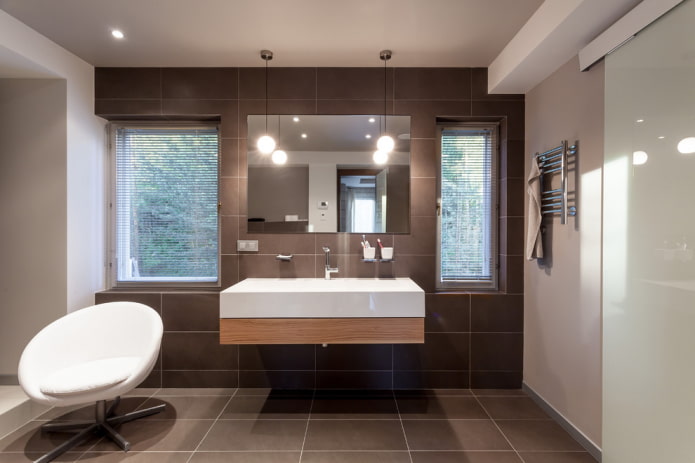
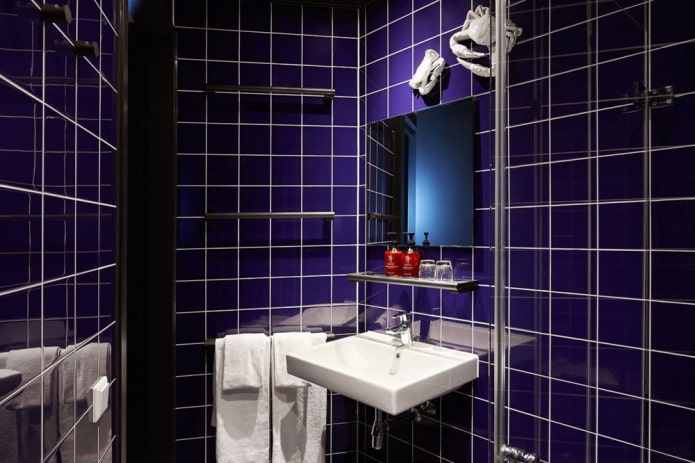
Choosing grout for tiles of different textures
For tiles imitating light wood, you can choose gray, beige, sand or milky grout, cladding with imitation of dark wood, for example, wenge, is perfectly combined with seams made in a light shade range.
Marble products look harmoniously with joints that have black, dark gray, white and even reddish tones. To maintain an interesting texture of the brick finish, special compositions with small fractions are selected.
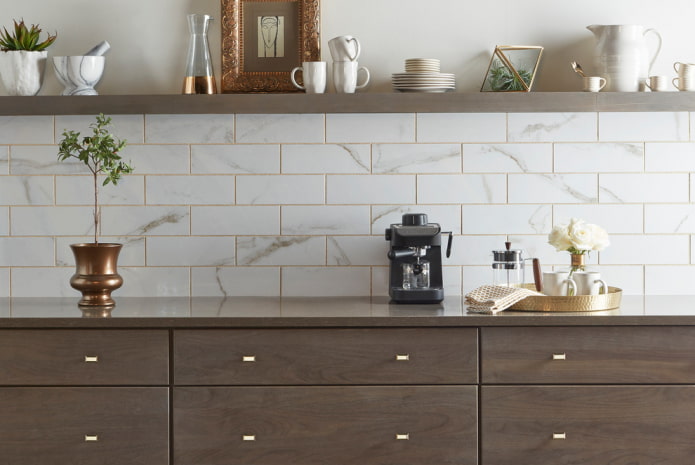
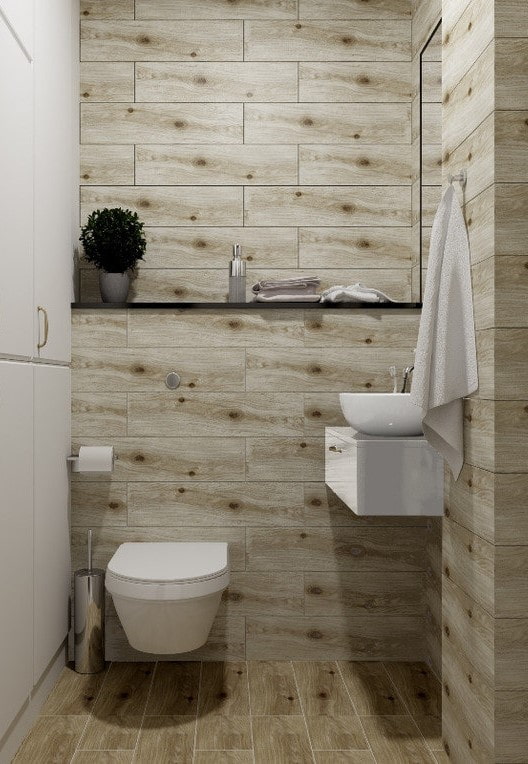
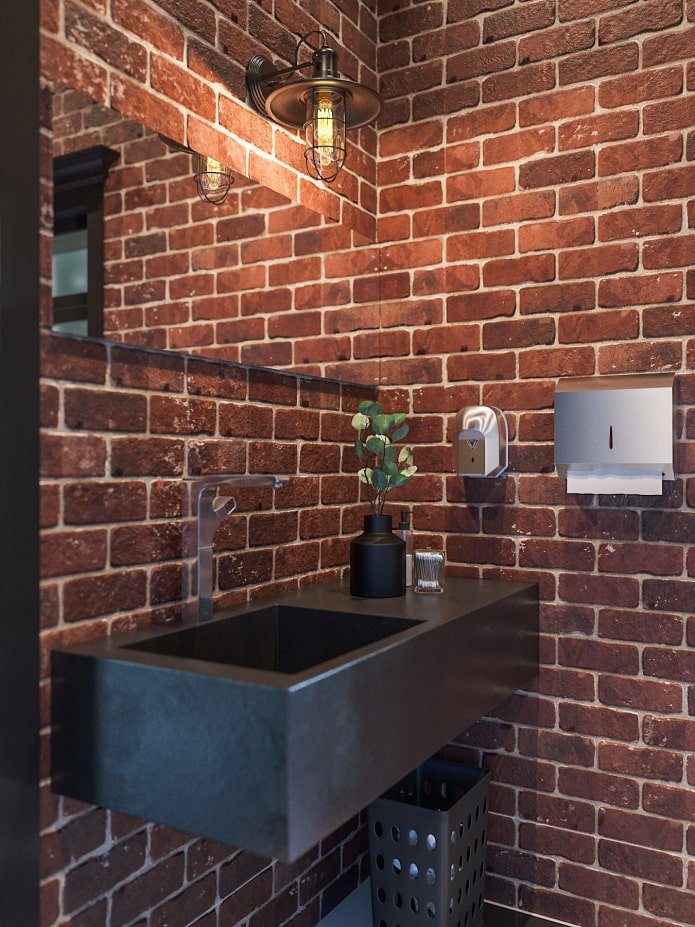
Popular combinations of grout and tiles
The most frequently used shade combinations.
White tiles with black grout
Dark grout looks especially good in combination with contrasting white tiles or mosaics, which allows you to achieve a simple, but at the same time quite effective and elegant design solution. However, such an option is appropriate only in the case of a perfectly even and neat application of tiles to the surface.
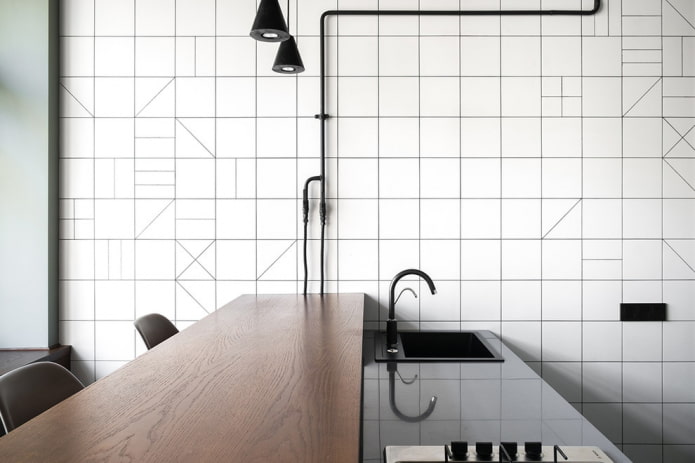
The photo shows white tile cladding with black grout on the wall in the kitchen interior.
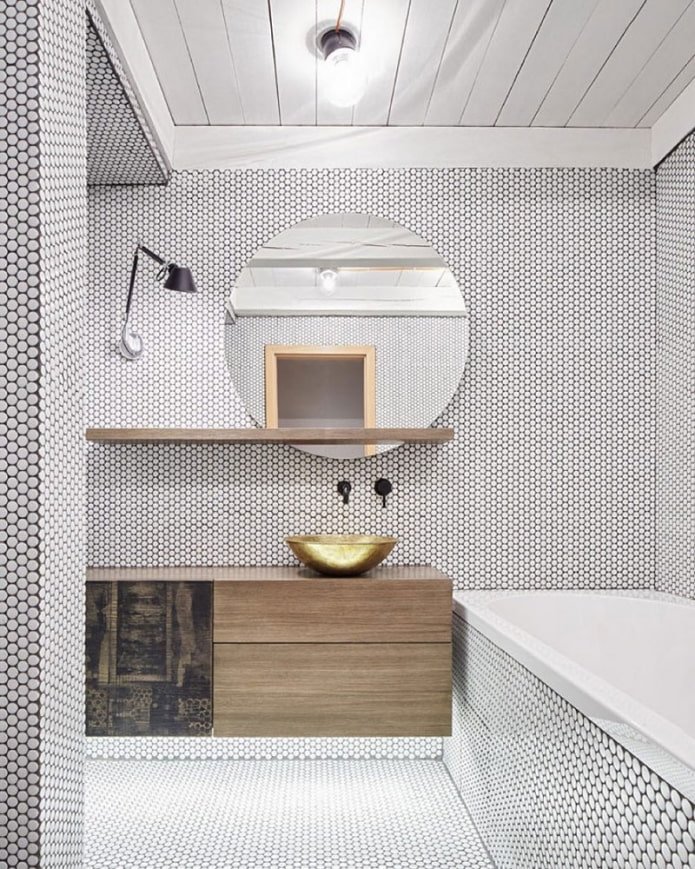
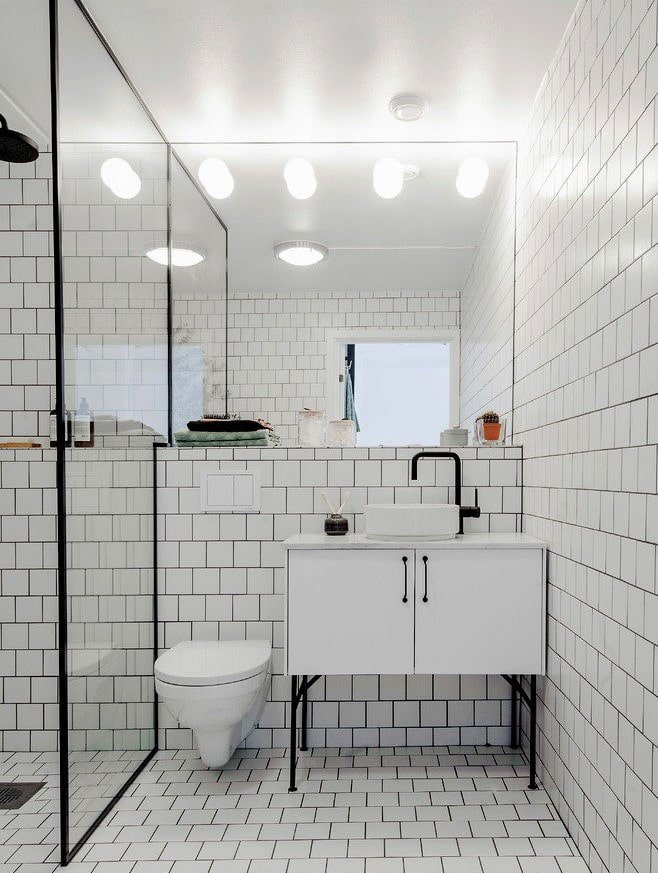
The black and white combination is classic, strict and sophisticated. In addition, this technique can visually enlarge the room.
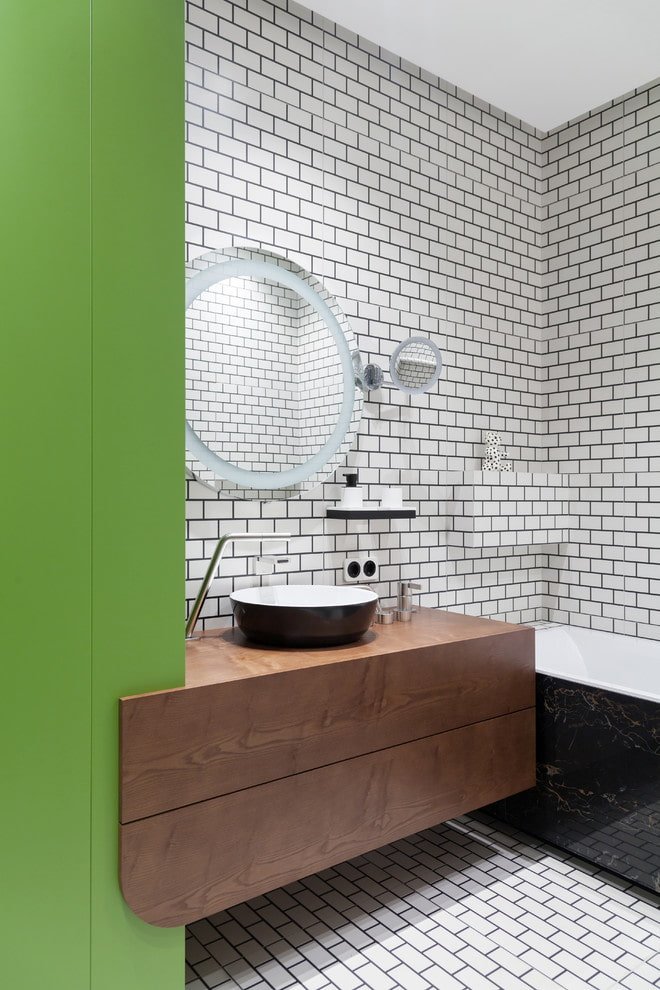
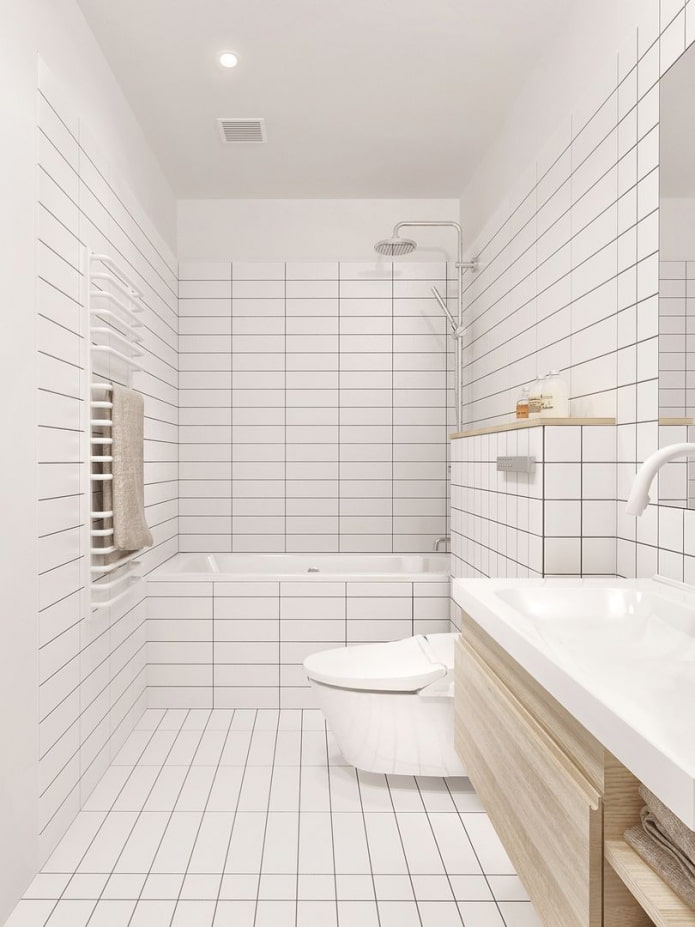
White
Snow-white putty is a universal option that harmoniously combines with both contrasting dark and calm light tiled finish. This design always has a very beautiful and neat appearance and is perfect for any interior.

The photo shows white grout in combination with yellow diamond-shaped tiles in the design of the work area in the kitchen.
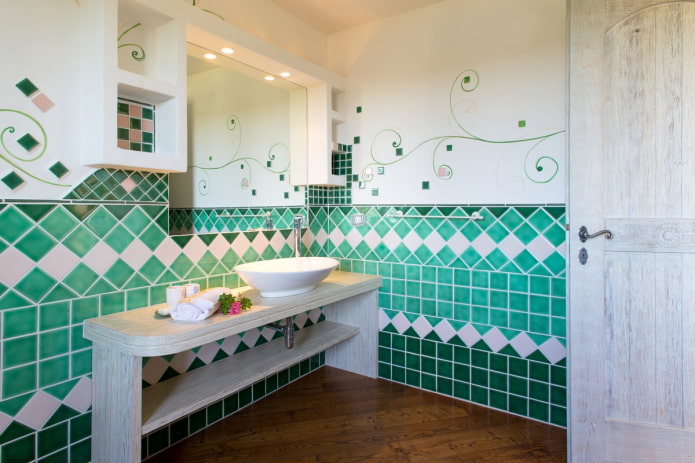
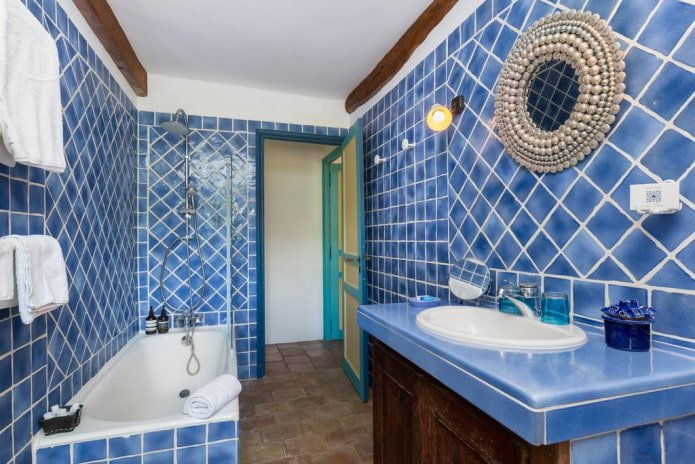
Also, white grout is an ideal binder when using multi-colored tile material.
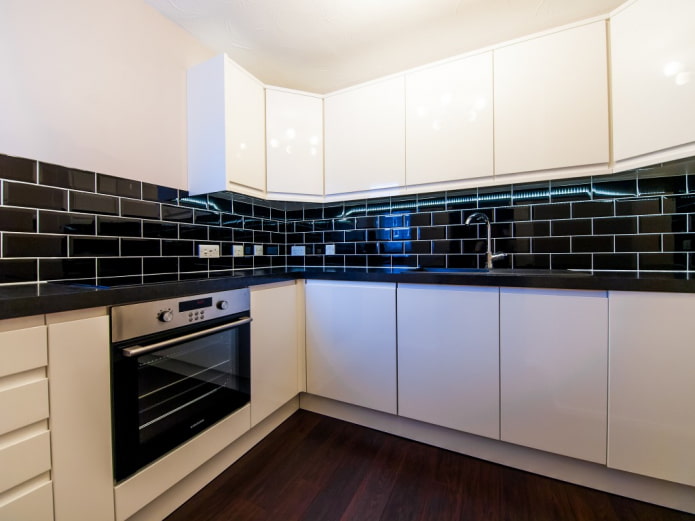
The photo shows a kitchen apron covered with glossy black boar tiles with white grout.
White tiles with colored grout
White trim with colored joints or with a fugue with two or more shades looks dynamic, creative, gives the interior a special uniqueness and sets a certain mood for it. For example, yellow putty can fill the room with warmth and make it sunnier, and green and turquoise grout can significantly refresh the decor.
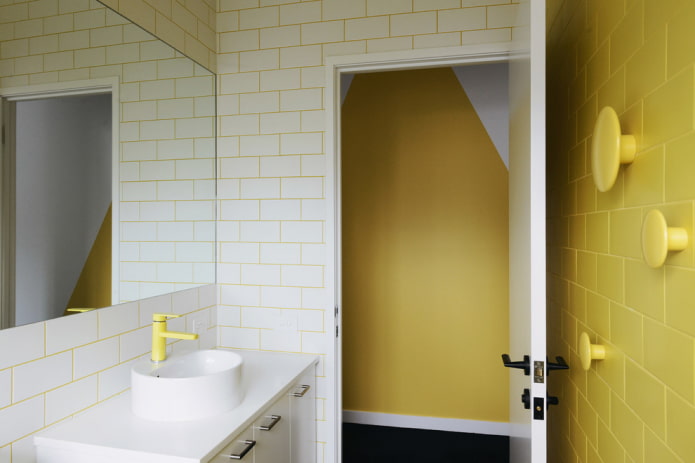
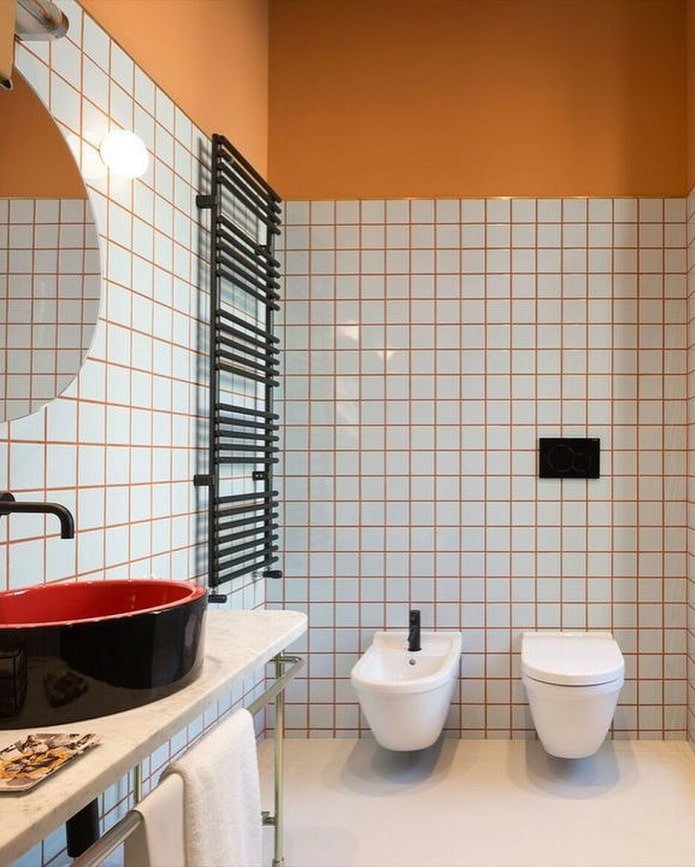
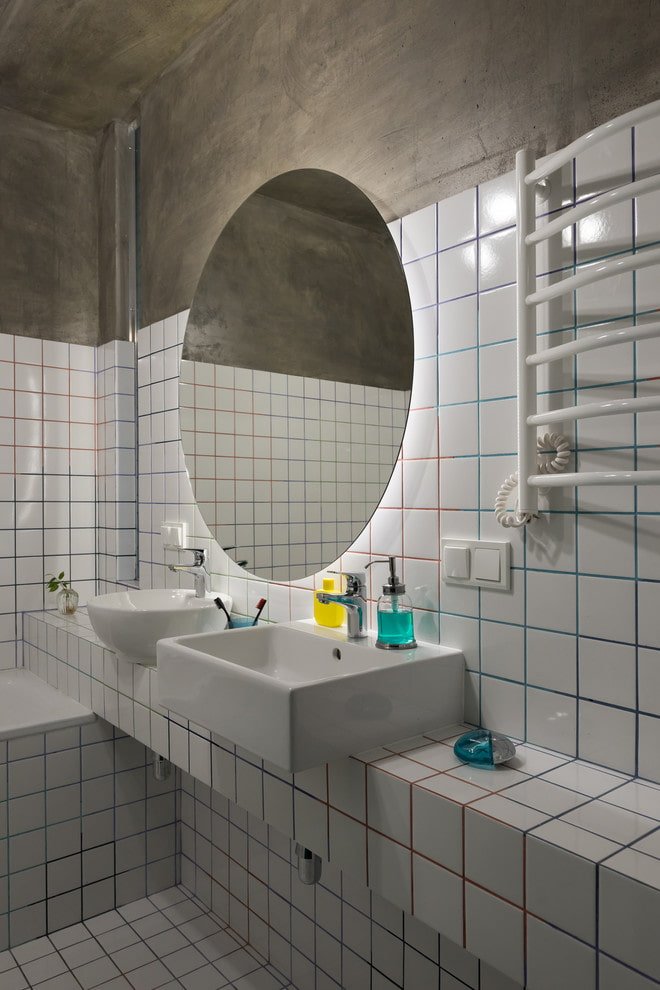
Gray tiles with black grout
When using gray trim with a contrasting black grout, it is possible to divide the plane into separate segments and thus achieve a rather original effect that will ideally complement a certain area of the interior.
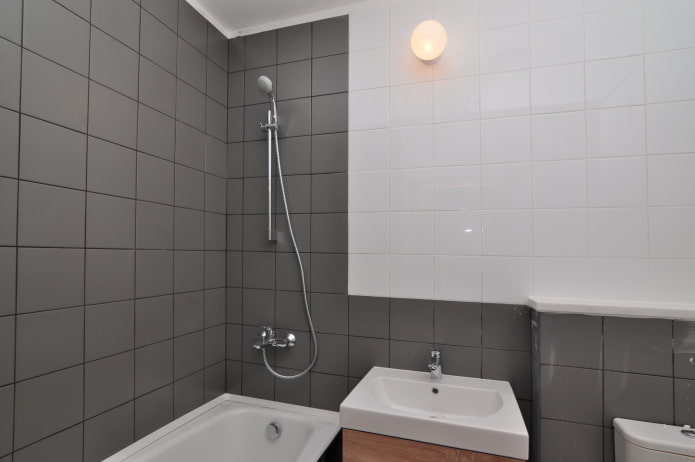
Color combinations in room interiors
Color combination options in rooms of various purposes.
Choosing grout for the kitchen
In this room, tiles are a particularly popular design solution for decorating the work area with a kitchen backsplash. Moisture- and vapor-impermeable epoxy grout is chosen as a joint filler, which can have the most unexpected color scheme. Also, this grout is often supplemented with shiny components and glitters, allowing you to achieve an interesting effect in the form of silver, gold, metallic or bronze joints.
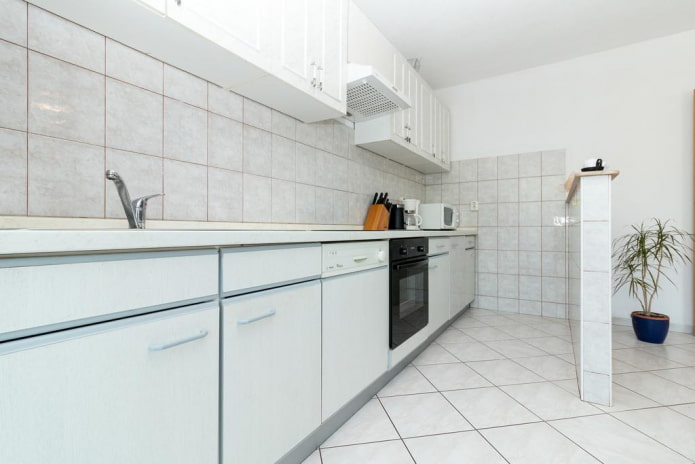
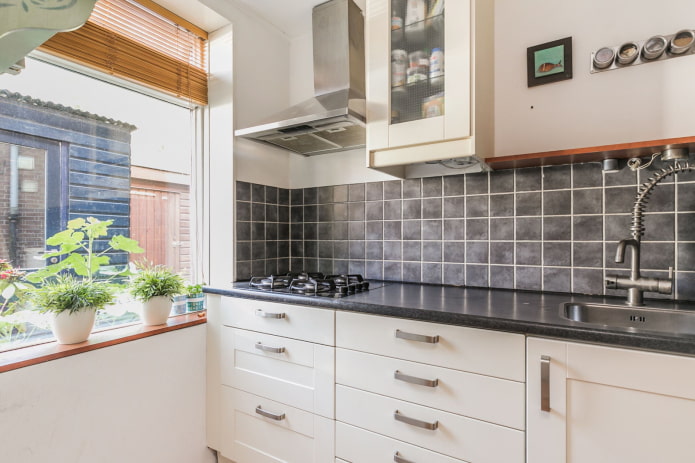
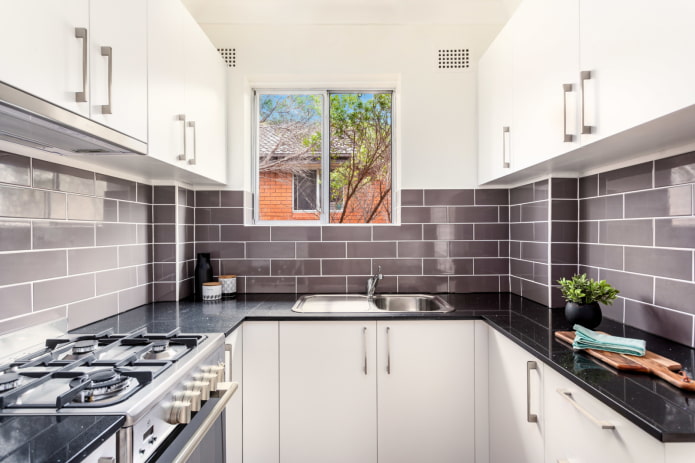
The photo shows a kitchen with a work area laid out with brown tiles with white grout.
Bathroom ideas
Grout not only gives the cladding a finished and holistic appearance, but also prevents moisture and dirt from getting under the tiles, which subsequently does not contribute to the appearance of mold. Depending on the design of the bathroom, the grout can have any color scheme or, due to special additives, have a pearly-pearlescent sheen that sparkles and glows in the dark.
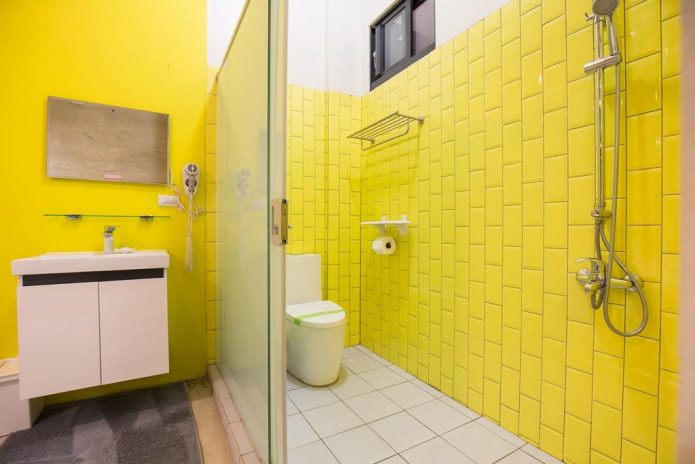
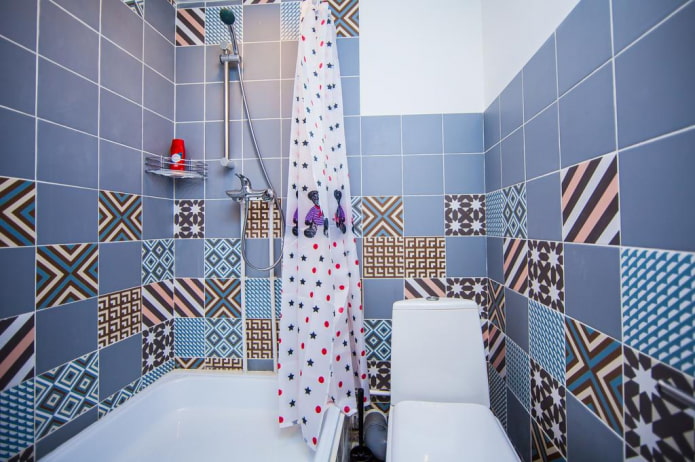
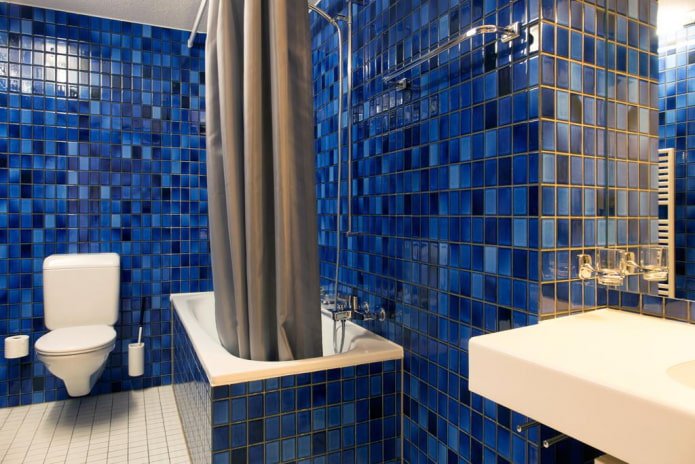
The photo shows a bathroom interior with blue tiles combined with a golden-colored grout.
Examples for the hallway
In the hallway, they mainly use putty for the floor, which is often laid with porcelain stoneware. Here, you should select compositions in non-marking gray, black or brown tones, since light seams get dirty quite quickly.
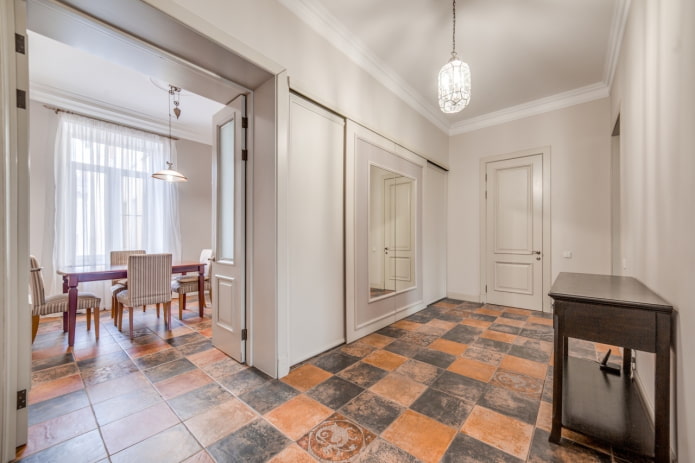
Now reading:
- Comprehensive Guide to Buying a Used Opel Meriva
- Non-woven wallpaper for walls: more than 50 photos of interiors and modern design solutions
- Night curtains: 59 images for the hall and bedroom + current ideas for window decor.
- Horizontal blinds: 66 photos, designs, types and interior solutions for windows.
- Modern in the living room: 40 photos and interior design tips